Historical Significance
Blue Note Jazz Club, founded in 1981 by Danny Bensusan, quickly established itself in New York's vibrant music scene. Bensusan, who migrated to America after serving in the Israeli army, recognized the changing tides of the post-disco era, envisioning a space that celebrated jazz in its purest form. His idea took root on West 3rd Street in Greenwich Village, an area known for its artistic energy.
The club's foundation coincided with a critical juncture in jazz history. Jazz, navigating its future in an ever-diversifying musical landscape, found a home within Blue Note's walls. Bensusan's establishment wasn't merely another nightclub; it was a tribute to jazz's legacy and a nurturing ground for its evolution. The club's ambiance, reminiscent of the classic intimate Greenwich Village jazz spots, contrasted with the flashy venues of the time. Here, the focus was on the music — its purity, its vibrancy, and its storytelling ability.
Initially, Blue Note struggled to find its footing, operating at reduced capacities. The turning point came when legendary bassist Ray Brown walked into the club. Brown's advice led to a pivotal shift in the club's booking policy, bringing in performances from jazz luminaries like the Modern Jazz Quartet and Oscar Peterson.[1] Suddenly, Blue Note was more than a club; it was a key player in New York's jazz resurgence.
The roster of artists who have graced Blue Note's stage includes many of the biggest names in jazz. Legends such as Sarah Vaughan, Dizzy Gillespie, and Ray Charles performed there, cementing the club's reputation as a destination for jazz aficionados. Beyond hosting established names, Blue Note embodied jazz's exploratory spirit by featuring emerging talents alongside the greats. This blend of tradition and innovation kept the genre's essence alive, fostering a dialogue between its past and future.
This nurturing ethos extended beyond New York. Blue Note's influence spread across the globe, with Bensusan establishing branches in Tokyo, Milan, and beyond. Each location echoed the original's dedication to quality jazz, bringing the genre to new territories and audiences.
Culturally, Blue Note represents more than a venue. It stands as a testament to jazz's resilience and adaptability. Under Bensusan's stewardship, the club thrived, engaging with genres like R&B, soul, and funk to reflect jazz's expansive nature. The institution's commitment to live music as an enduring art form has made significant contributions to keeping jazz relevant for newer generations.
Blue Note's historical significance in jazz is considerable. Its founding vision, dedication to exceptional live music, and role in jazz's ongoing narrative make it an important landmark. It's a reminder of jazz's dynamism and its ability to unite diverse voices in a single chorus of improvisation, innovation, and soul. This legacy secures Blue Note's respected place in music history as a beacon of excellence and a guardian of jazz's rich heritage.
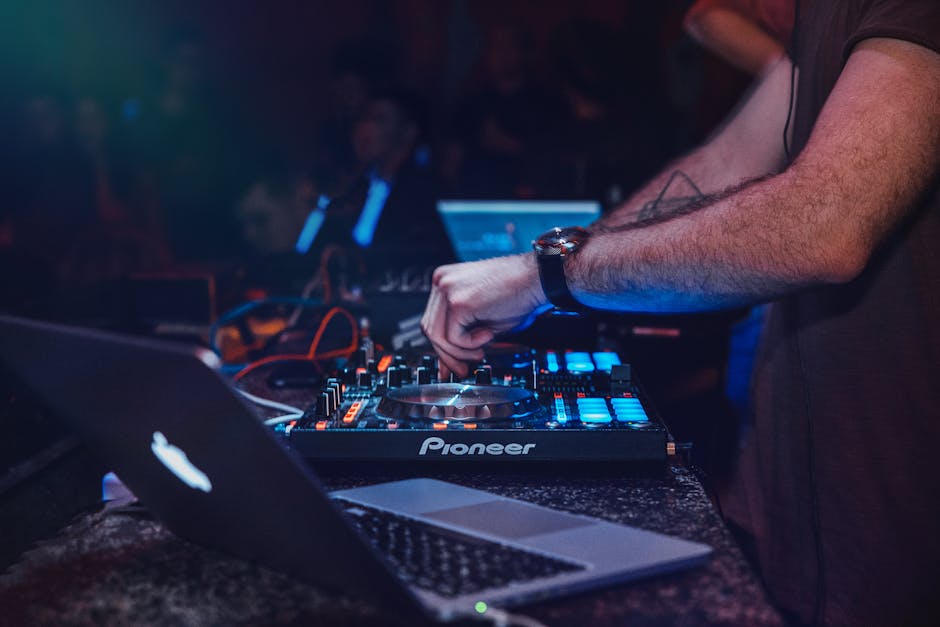
Artist Relationships
At the core of Blue Note Jazz Club's strong reputation lies a rich tapestry of artist relationships, each thread representing a legend, a moment, or a groundbreaking performance that has become part of the club's history. It's not just about the music that has been played; it's about the musicians who have played it and their relationship with the venue that made Blue Note the respected club it is today.
Much of Blue Note's fame stems from the many stars that have graced its stage. However, it's not the mere occurrence of these performances that shaped its reputation but rather the connections and mutual respect formed between the artists and the club. Danny Bensusan understood early on that to gain the affection of the jazz world, he must first pay respect to its established artists. Consequently, Blue Note became a sanctuary for the likes of Ray Charles, Dizzy Gillespie, and Sarah Vaughan — legends who sought not just a venue, but a place that felt like home.
Bensusan's philosophy of respecting and valuing artists paved the way for Blue Note to develop these close relationships. The remarkable aspect is not just in them performing at the club, but how they contributed to its atmosphere, bringing a unique vibrancy and authenticity that couldn't be replicated. Stories float through the club's history:
- Oscar Peterson bringing his original trio
- Sarah Vaughan's noteworthy performances
- Various improvised sets from jazz's respected old guard dropping by unannounced, much to the delight of fortunate patrons
This atmosphere turned Blue Note into more than a stage; it became a place for artists to express themselves freely, leading to performances of pure, authentic jazz that would become legendary. The club provided a canvas for jazz icons to create their masterpieces, allowing improvisation and innovation—a core aspect of jazz— to flourish. This freedom resulted in nights where Stevie Wonder might be spotted adding his harmonica to a set or Tony Bennett vocalizing jazz standards in impromptu performances. It was here that jazz wasn't just admired; it was experienced.
Blue Note's commitment to nurture upcoming talent has fortified its standing as a respected jazz venue. New York's Greenwich Village didn't just witness history; it became an incubator for the future, exemplified by artists like Robert Glasper, who represents jazz's new wave, paying homage to yet also redefining this beloved genre.[2] By delivering diverse lineups that bridge generations, Blue Note ensured that jazz would remain fresh and relevant for years to come.
Danny Bensusan's original vision for a club that not only celebrated jazz but also its creators established a mutual loyalty between Blue Note and artists. It's a place where legends were made and existing ones could shine. Each note played within its confines, whether by an emerging talent or a seasoned veteran, added to Blue Note's distinguished history.
It was not mere contracts that brought these legends to its doorstep but sincere invitations into a venue that understood and celebrated them. The genuine relationships formed between Blue Note and those gracing its stage helped establish the Club's respected status in the jazz world. Reflecting on Blue Note's fame without acknowledging these connections between the venue and its artists overlooks the heart amidst discussions about stages and setlists. Blue Note thrives not just as a haven for legendary jazz but as an ever-vibrant community where prodigious past meets promising future, all under the warm glow of appreciation and kinship.
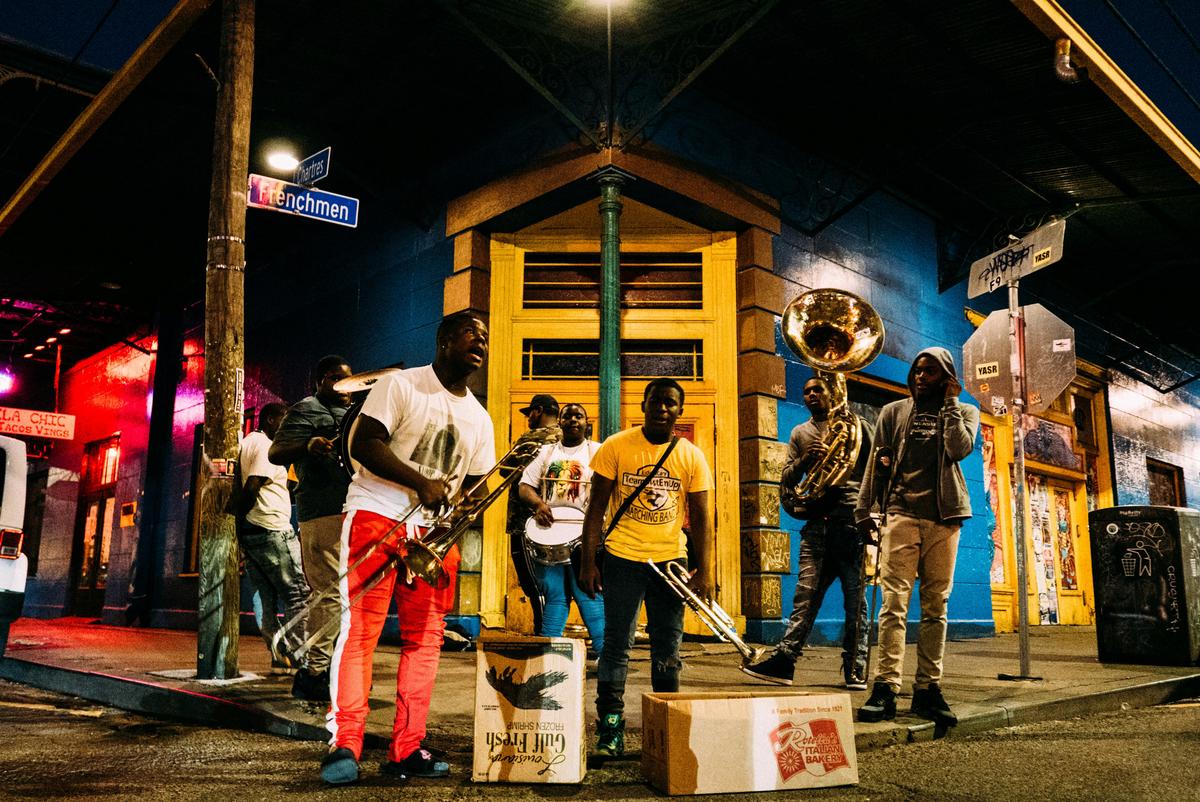
Photo by robsonhmorgan on Unsplash
Global Expansion
In understanding the impressive legacy of the Blue Note Jazz Club, one must consider not just the magic created within the walls of its original Greenwich Village locale but also how its spirit has transcended geographical boundaries. Danny Bensusan's vision did not merely stop at creating a hub for jazz in New York City. Instead, it expanded, planting seeds of this rich musical genre across continents. The global expansion of Blue Note, which has established clubs in Japan, Italy, Brazil, among other places, serves as a testament to its enduring spirit, paving avenues for jazz's international growth and further cementing Blue Note's fame as a leader in the jazz world.
The Blue Note venture into Japan in the late '80s marked a significant moment in the club's history, mirroring and perhaps even fueling the country's already deep appreciation for jazz. Japan's vibrant jazz culture, which embraced and celebrated the genre, found a perfect partner in Blue Note. The clubs in Tokyo, Osaka, Nagoya, and Fukuoka did not merely serve as venues for live jazz; they became cultural ambassadors, embodying Bensusan's vision and spreading the appreciation of jazz widely.[3] Much like its New York forerunner, Blue Note Tokyo attracted jazz giants and enthusiasts alike, fostering an environment where jazz could flourish, unhindered by language barriers or cultural differences. This cross-pollination didn't just amplify Blue Note's fame; it highlighted the universal appeal of jazz, making icons of American jazz accessible to Japanese audiences and vice versa.
Similarly, the venture into Milan introduced a distinct blend of style and sophistication to Europe's jazz scene. Amidst the city's rich artistic heritage, Blue Note Milan became a beacon for those passionate about jazz's timeless charm and its modern interpretations. Venturing further south, Blue Note Rio de Janeiro opened at a time when Bossa Nova, Brazil's own contribution to the jazz world, experienced a nostalgic resurgence. Here, Blue Note tapped into a lively musical tradition, curating experiences that resonated with local flavors yet stayed true to the Blue Note ethos. These expansions highlighted not just the versatility of jazz but underscored Blue Note's role in promoting jazz as a globally resonant art form.
Through these international outposts, Blue Note wove the narrative of jazz into the cultural tapestries of host countries. A dialogue ensued, one where local artists met international legends, where homegrown talent was nurtured by global exposure. The clubs became not just stages but spaces for musical experimentation. These satellites amplified the vitality of the jazz scene, creating ecosystems that encouraged both traditional and avant-garde interpretations of jazz.
The iconic Blue Note marquee in such diverse locales announced its commitment to quality jazz entertainment while reinforcing its status as a cornerstone of the international jazz landscape. Each club, with its distinct character yet unifying aim, carries on Blue Note's philosophy of offering top-tier live music experiences. It's noteworthy that in cities thousands of miles apart, aficionados and newcomers congregate under the banner of Blue Note to partake in jazz's captivating journey.
The global expansion of the Blue Note Jazz Club is not just an exercise in brand extension; it is the promotion of jazz as a cross-cultural phenomenon. It's a bold testament to the fact that jazz, though born in the American South, belongs to the world. Each new opening is not just a business venture but an act of faith in the power of music to unite people.
Blue Note's foray into the international scene has undeniably strengthened its position as a formidable force in jazz. It has broadened horizons, charmed audiences worldwide, and highlighted the collaborative nature of global jazz culture. The legacy of Blue Note is thus not confined to any single location but is etched into the global consciousness as a place where the soul of jazz continuously evolves, captivates, and endures.
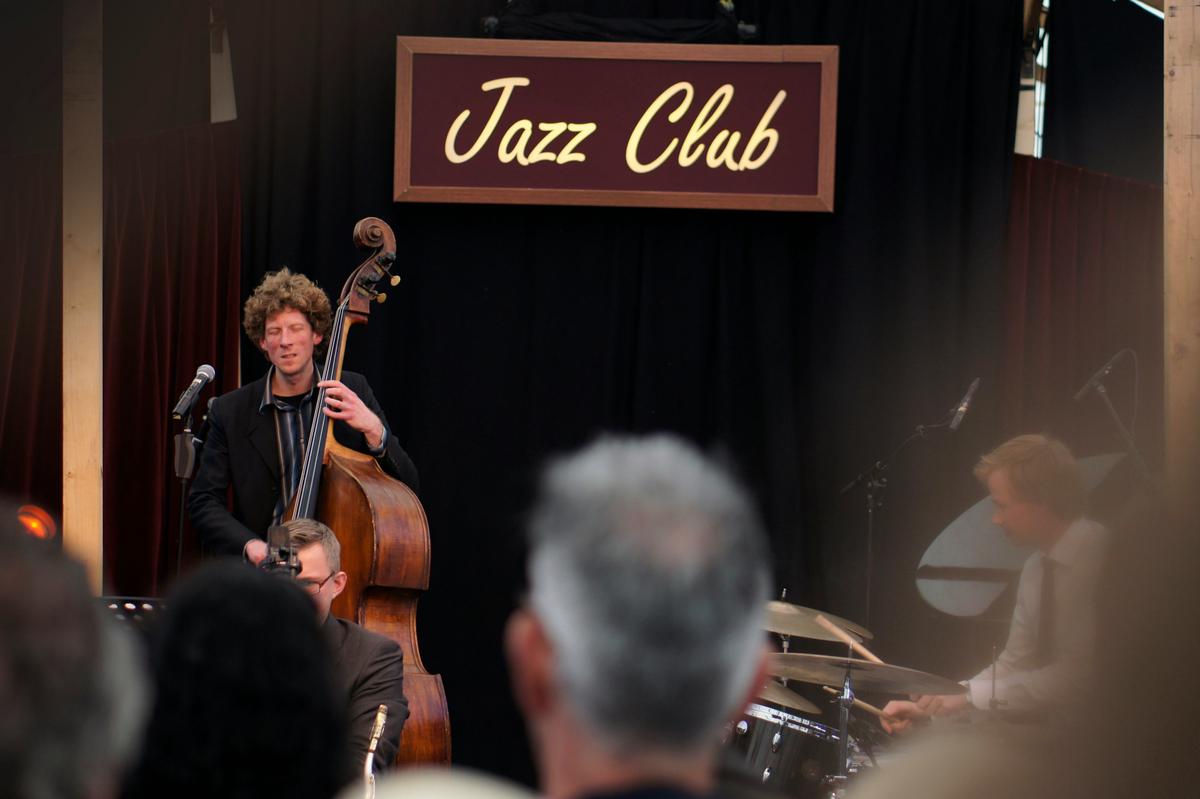
Photo by filipthedesigner on Unsplash
Innovative Programming
Blue Note Jazz Club has continuously innovated and experimented, engaging a broad spectrum of audiences and solidifying its position at the forefront of the jazz world. The club combines tradition with novelty, honoring jazz's roots while exploring the genre's horizons.
A Collage of Sonic Hues
Blue Note celebrates diversity in both the identity of performers and the genres that grace its stages. While firmly anchored in jazz, the club's repertoire spans contemporary music, from R&B and soul to funk and hip-hop. This stylistic inclusivity challenges perceptual boundaries and nurtures a creative dialogue between genres.
Spotlight on Special Events: The Festivals
Blue Note's commitment to special events is exemplified by the Blue Note Jazz Festival, which transforms the city into a stage showcasing a mix of legends, contemporary stars, and groundbreaking newcomers1. These festivals extend beyond the club's intimate setting into larger venues across the city, offering a jazz experience for seasoned fans and curious passersby alike.
Attracting Diverse Audiences: The Accessibility Vernacular
By casting a wide musical net, Blue Note has mastered the art of audience diversity, bringing together individuals of varied ages, backgrounds, and musical tastes. Each night, the club is a microcosm of the city, teeming with a constantly refreshing audience.
Programming: More Than Just a Schedule
At Blue Note, programming is a manifesto—a declaration of the club's commitment to innovation, inclusivity, and the pursuit of musical excellence. Through its curation, Blue Note channels the essence of jazz: improvisation, spontaneity, and an exploration of uncharted territories.
Innovation in programming has positioned Blue Note as a leader guiding jazz into new realms. By melding musical influences, championing up-and-coming talents alongside legends, and transforming the city into a jazz playground through its festivals, Blue Note ensures its pulse matches the rhythm of its surroundings.
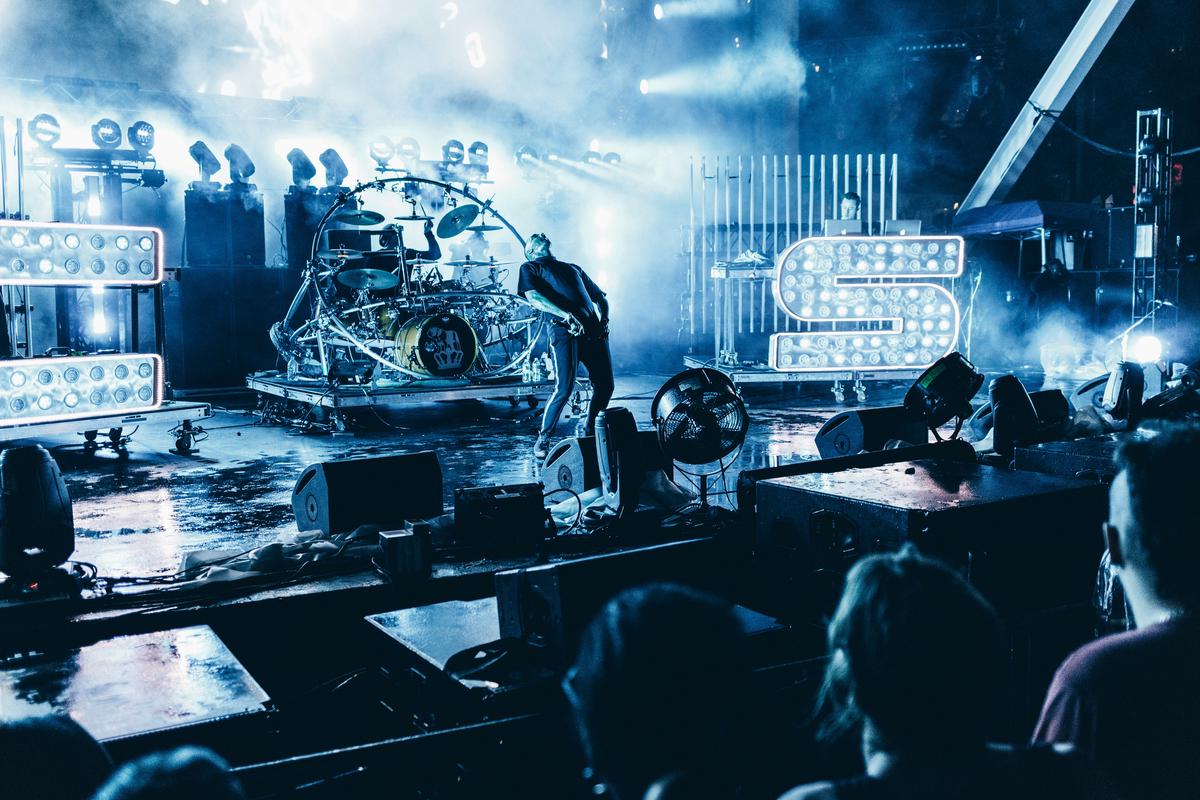
Photo by nickxshotz on Unsplash
Audience Experience
Unique Audience Experience: The Blue Note Aura
Attending a performance at Blue Note Jazz Club is an immersive experience that transcends the ordinary. From the moment of stepping through its doors, the club envelops audience members in an aura of exclusivity and intimacy. It crafts a sensory journey that distinguishes a night at Blue Note as unique in the realm of live music.
Intimacy with Renown: Up Close and Personal
The heart of Blue Note lies in its intimacy. The club's compactness creates an environment where artists are tangible presences, sharing the same space as the audience. Interactions between performers and the audience are authentic, with artists often exchanging smiles, sharing anecdotes, or engaging in light-hearted banter.
Culinary Jazz: The Taste of Melody
Blue Note's gourmet offering complements the evening's musical fare. The club's menu integrates fine dining into the jazz experience2. Patrons enjoy a palatal accompaniment, elevating their evening to an all-encompassing sensory delight.
Shared Vibrations: The Communal Beat
Blue Note fosters a communal spirit among audience members. The club's layout encourages proximity not just between performers and spectators but among audience members themselves. Shared tables often lead to shared interests, where conversations sparked over a rhythmic improvisation evolve into discussions on jazz lore or debates on an artist's discography.
The Experience Illuminated: Anecdotes of Enchantment
Personal testimonials capture the essence of Blue Note's magic:
- A first-timer mesmerized by the artistry and accessibility of sitting mere feet away from a childhood jazz hero
- A regular speaking of annual traditions born of spontaneous visits
- Stories of serendipitous encounters where one night at Blue Note bred lifelong friendships
The offering of proximity, culinary craft, and a bonding ethos ensures that a visit to Blue Note is a journey of sensations, discovery, and memorable connections. It's in these personal, communal experiences that the true resonance and legacy of Blue Note live.
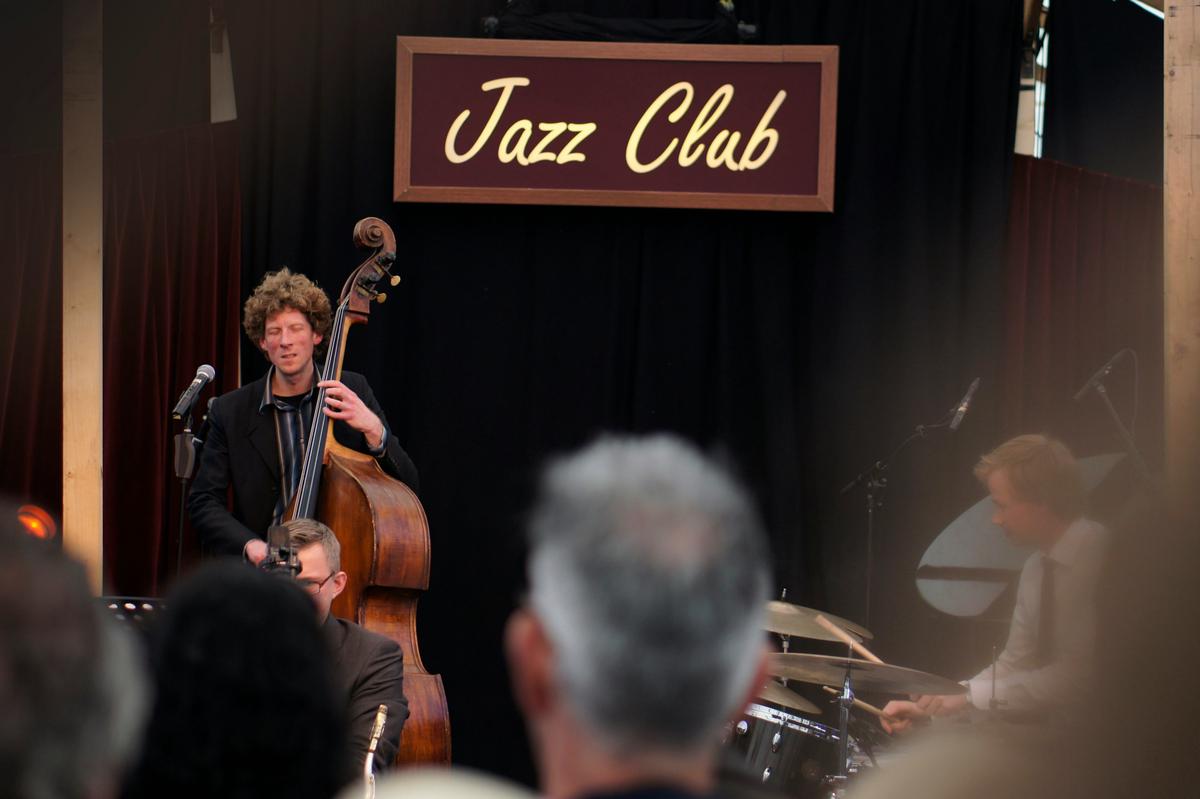
Photo by filipthedesigner on Unsplash
The essence of Blue Note Jazz Club transcends its physical location, becoming a beacon for jazz enthusiasts worldwide. Its commitment to presenting live music in an environment that encourages intimacy and connection preserves and propels the legacy of jazz forward3. At the core of every note played within its walls is a respect for the genre and its power to unite diverse voices in a harmonious dialogue.
The enduring allure of Blue Note lies in its ability to offer more than just music—it provides an experience that remains memorable for those who pass through its doors.
Leave a Reply